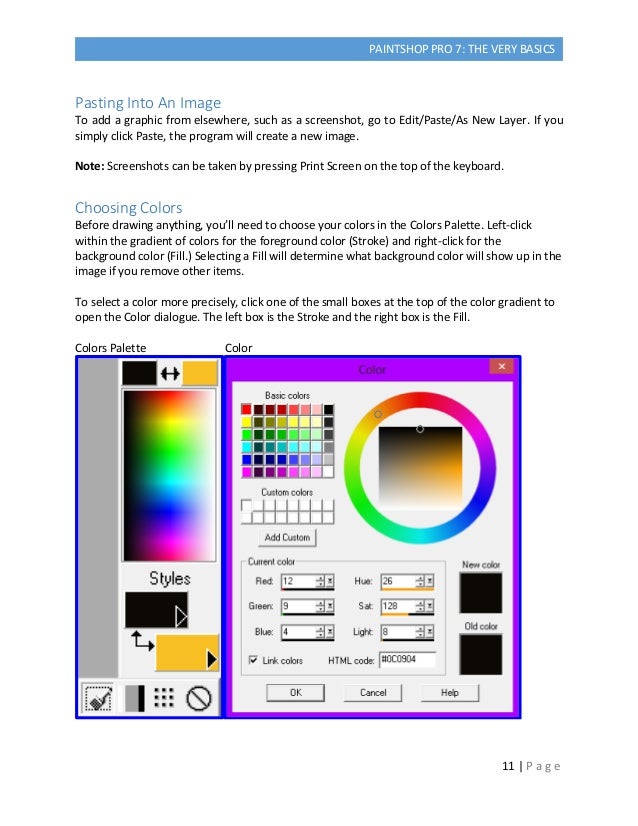

(But the flattened PNG chunk was only "the document" as much as the JPEG cover image inside an. When you saved the PNG "document", it kept all the document chunks, but added the baked rendered representation it had been using for previewing as a basic PNG chunk at the end of the document. So you had shapes, and these shapes had z-axis positions, a stack of active filters, and a reference to a texture.Ī Fireworks PNG document, then, was a pile of shapes (just like a Flash animation frame), with each shape referred to as a "layer" along with a pile of mutable texture data for the shapes to use, with each texture bound 1:1 to a particular rectangle shape, with the shape and its texture together referred to as a "raster image."Įvery time you changed anything, the whole thing just got re-rendered onto a canvas using the Flash rendering logic. The clearer way to describe it is that Fireworks was a reuse of the Macromedia Flash drawing engine.

But download a copy of PSP 8 and you'll see that Jasc got there years before the rest of the industry, to such an extent it meant PSP had to be killed. In the past few years, mixed paradigm vector/raster editors like Sketch have become more common. Coupled with the rate at which its general raster editing capabilities were improving, I suspect Corel feared not just that PSP was becoming a more serious competitor in the raster space, but that it would undermine the market for CorelDraw, and threaten the whole model of selling separate vector and raster editors. It took a while to get your head around this capability, but once you did, it was incredibly powerful, especially for the time period we're talking about. You could create raster layers, and do traditional drawing and filtering, and you could also create vector layers, where you could draw shapes and paths which would remain editable and would be rasterised on the fly. But starting in 7, and with substantial improvements in 8, PSP introduced the concept of raster and vector editing capabilities, in the same document. See, 6 and below were fairly traditional raster-based editors. I remain convinced that this directly lead to Corel acquiring it with the unstated but definite intention of crippling it. While Paint Shop Pro 6 is the most beloved version, PSP 7 and (particularly) 8, took the software in a very interesting direction.


 0 kommentar(er)
0 kommentar(er)
